Composting is the breakdown of organic materials such as leaves and food leftovers into the soil.
It’s a beautiful method to recycle yard and kitchen leftovers while enriching the soil in your garden, enhancing water retention, and preventing erosion.
Although it may appear hard, composting is a simple and gratifying process.
Composting Details
Read More About This Hobby| Category: Nature, Outdoors, Prepping | Time: 30-60 min | Skill: Little |
| Initial Cost: $$ (51-100) | Space: lots | People: alone |
| Long-Term Cost: Low | Makes Money: No | Location: outdoor |
What is composting?
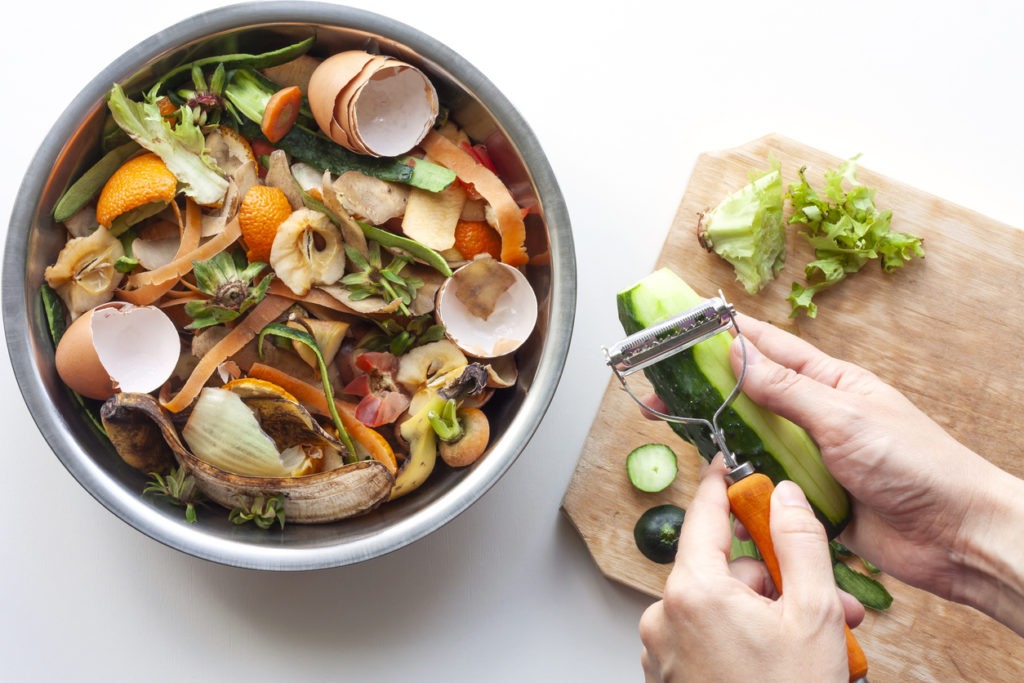
Compost is an organic, non-toxic material that may be added to soil to aid plant growth.
To create it, you gather natural items that would otherwise be discarded, such as food leftovers, peelings, leaves, and yard trimmings, and allow them to degrade over time.
There are numerous good reasons to start composting at home. Among them are:
- Reduction of waste. Composting allows you to recycle kitchen trash rather than throwing them away, reducing food waste and lowering your carbon footprint.
- Enriching the soil. Compost helps in the retention of moisture and nutrients in the ground. Loosening up compacted soil also avoids erosion.
- Synthetic fertilizers are not required as much. In contrast, in many synthetic fertilizers, compost is chemical-free and provides organic material you may use on your soil.
Five simple ways to start composting:
- Make sure it’s wet. Instead of using a hose, water your compost pile using water you gathered while waiting for your shower to warm up this morning or used to make pasta for supper last night.
- Make the appropriate compost bin. If you and your container get along, you’re more likely to enhance your composting. Look into how other urban farmers have designed their containers to see what works for you.
- In the kitchen, place a can. Your decomposable kitchen trash can be stored in any container with a cover until you get a chance to carry it to the garden.
- Always have carbon on hand. A stack of newspapers under cover or a mound of fallen leaves next to the compost bin can help you keep your carbon-nitrogen balance all year.
- Make a cheat sheet for composting. The University of Florida’s list of green and brown ingredients might assist you in acquiring the appropriate mix for optimal compost cooking.
When is the perfect time to compost?
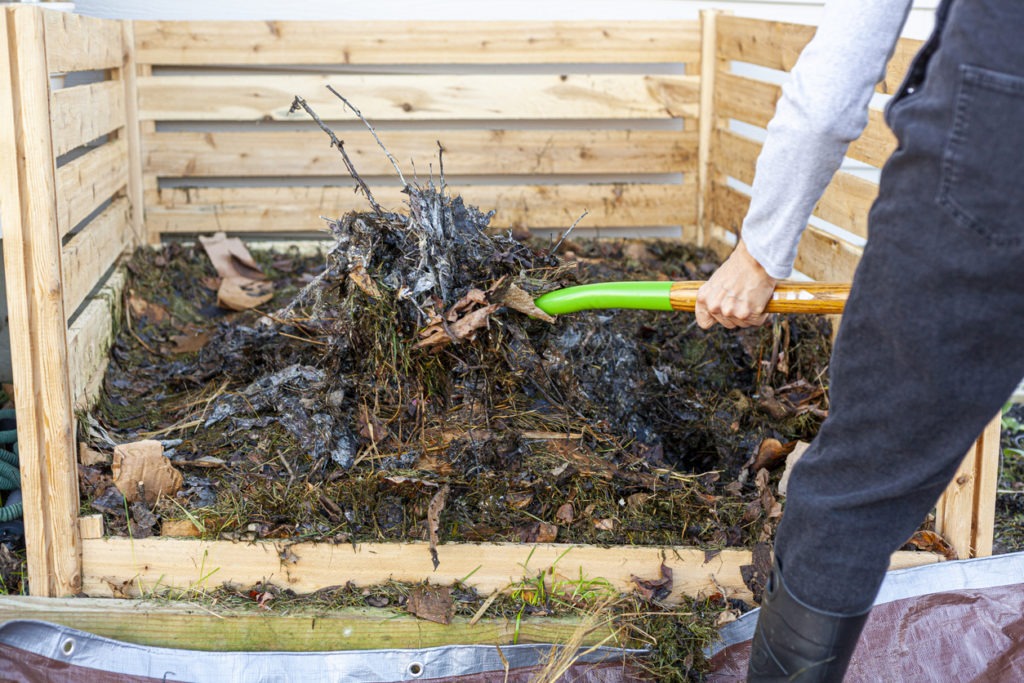
Throughout the year! Composting may be done all year. End of the summer to early winter is the peak compost-making season, according to the Royal Horticultural Society (RHS).
What should not be composted
Composting isn’t necessary for all products in your kitchen or yard. Some things may attract bugs and rats, while others contain dangerous chemicals.
The following materials should not be composted:
- Fecal matter or litter from pets may carry hazardous germs or parasites.
- Meat, fish, and poultry bones or waste emit odors and attract bugs.
- Dairy products give forth a foul smell and attract bugs.
- Black walnut leaves or twigs emit a chemical that is poisonous to plants.
- Walnuts emit a toxin that is harmful to plants.
- Compounds in coal ash or charcoal may be detrimental to plants.
- Large chunks of wood: decomposition may take an extended period.
- Grease, fat, and cooking oil cause odors and attract bugs.
- Lawn cuttings sprayed with pesticides may destroy microorganisms essential for composting.
- Many commercial coffee pods are made of plastic and do not degrade organically.
- Baked foods are known to attract bugs and promote the growth of dangerous microorganisms.
- Plants that are sick or infected with insects have the potential to spread illness.
How to choose an excellent composting site
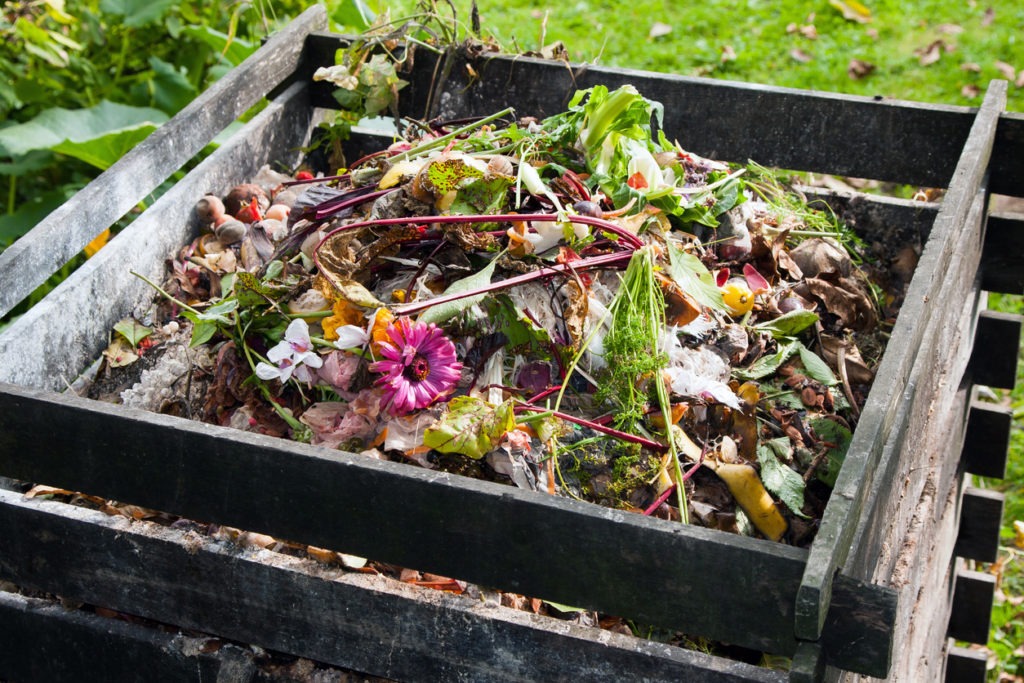
It’s critical to choose the ideal location for your composting site. It’s best not to put your compost heap or container somewhere where the temperature and moisture constantly change. This is since the microorganisms that transform trash into compost prefer stable circumstances.
Claire Ratinon, the author of How to Grow Your Dinner Without Leaving the House, advised finding a somewhat shaded location “to prevent it drying out on bright days or being soaked in wet weather” and placing your heap or bin directly on the soil.
Which composting container should you choose?
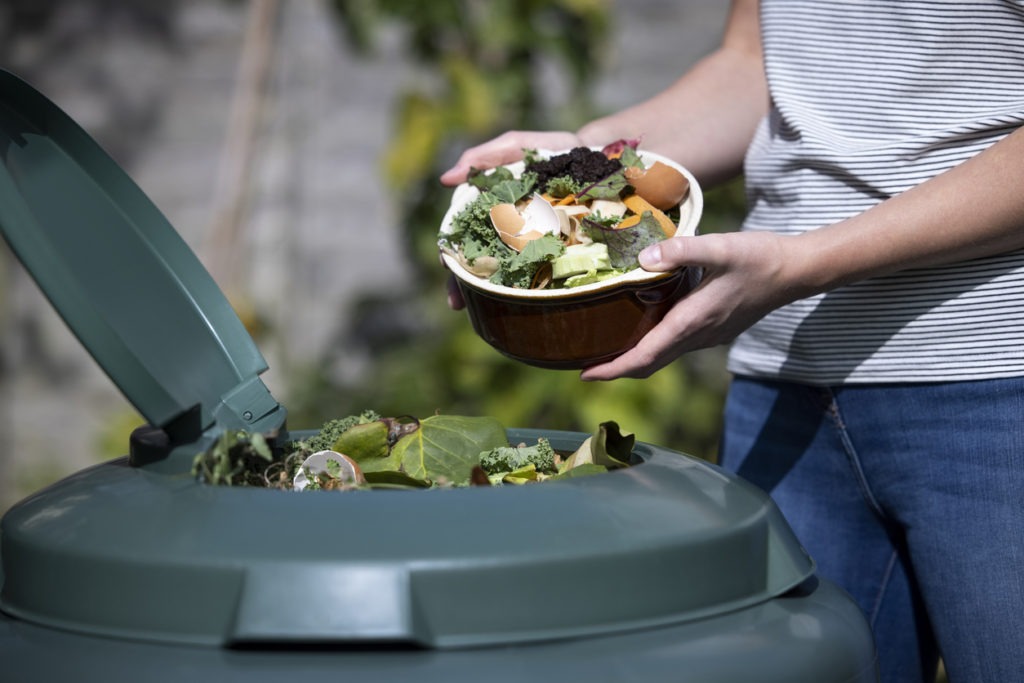
From recycled oak palettes to compact plastic bins, composting containers come in all shapes and sizes. According to Guy Barter of the Royal Horticultural Society (RHS), it’s better to look for dumpsters with one cubic meter or more capacity. “Smaller dumpsters function less well than larger bins; two bins, one decaying, and the other filling, are excellent,” he noted.
Looking for some compost bin inspiration? Here’s a sophisticated indoor composter for small apartments. Do you want to construct your compost bin?
How long does it take for compost to mature?
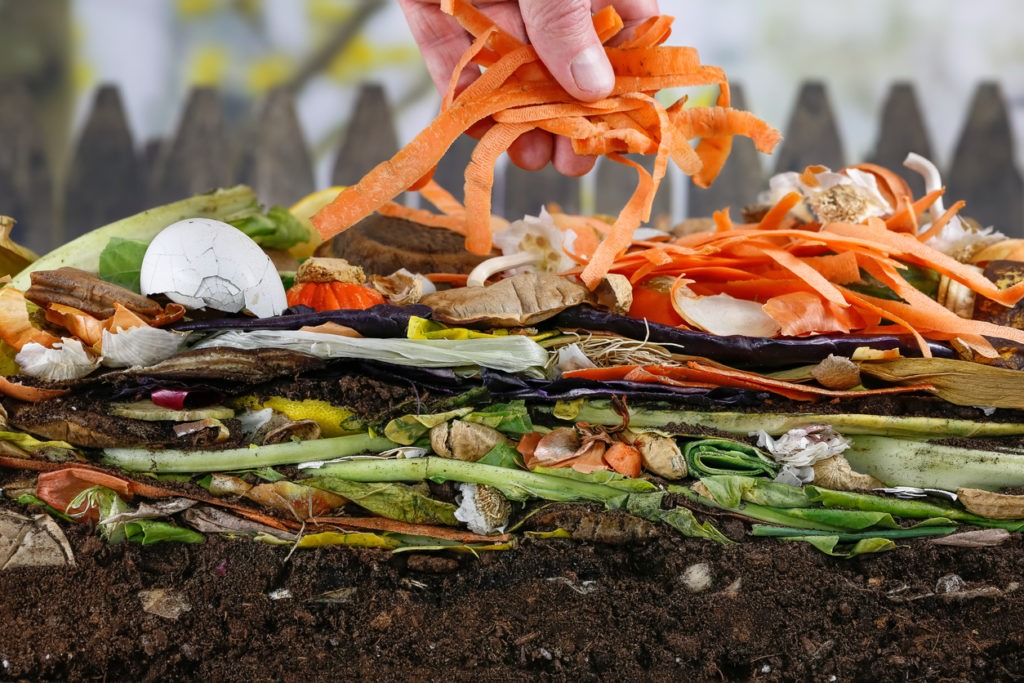
Three factors determine the rate at which organic matter degrades:
- The amount and type of organic materials you put in your compost pile. Material that has been chopped or shredded breaks down faster than complete material. Decomposition is also accelerated by a proper ratio of dark, carbon-rich foods to green, nitrogen-rich components.
- How frequently do you turn your compost pile? Aeration is improved by turning a pile, and more significant parts are moved to the center, where they decay more quickly. This may be done quickly and easily using a compost tumbler.
- Whether you’re composting with a hot or cold technique, at the same time, it takes more time to monitor and set up; hot composting breaks down food waste more quickly than cold composting. It’s simple to identify when the compost is done in hot composting. When the pile is rotated, the temperature lowers and does not rise again. Shredded materials and a carbon to nitrogen ratio of 30 to 1 perform best in hot composts. Because of their sealed construction, compost tumblers may be used as hot composters, preserving heat and mixing hot composting waste with fresh materials.
Depending on the elements mentioned above, your compost might take anywhere from four weeks to 12 months to fully break down. If you use a tumbler, you’ll get ready-to-use compost in three weeks to three months.
How to use finished compost
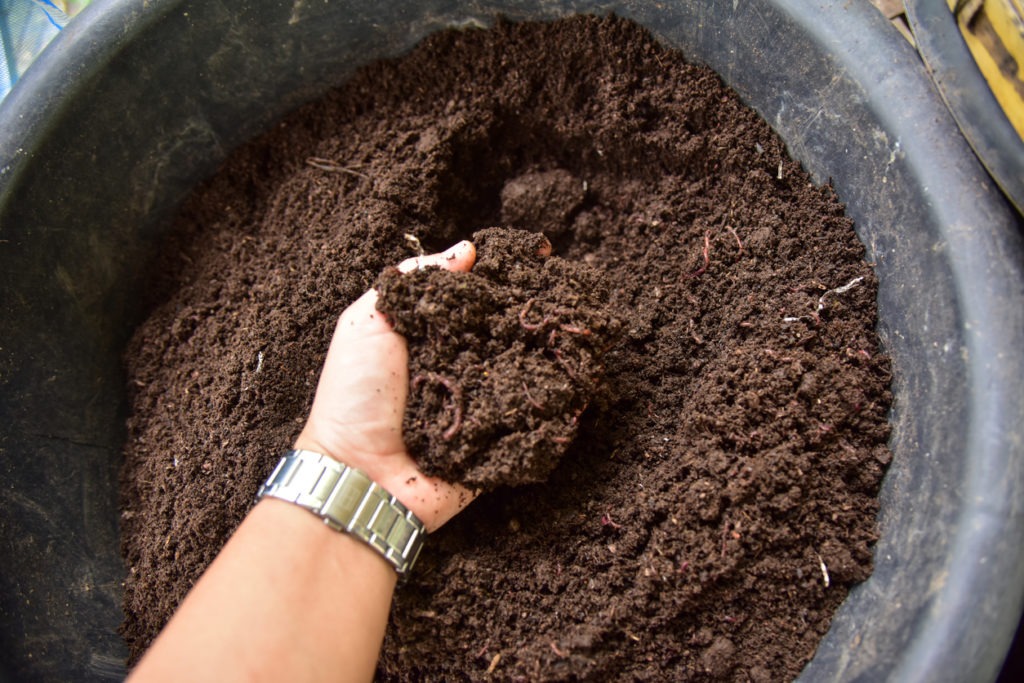
Before you raid your compost bin, consider that utilizing compost before its ripe may attract pests and harm your plants. It can also deplete minerals in your soil, rendering them inaccessible to your garden plants.
Grab a handful of compost and inspect it to see whether it’s ready to use. The following are the features of mature compost:
- It has a crumbly and silky texture. Depending on what you add, there may be woody or fibrous particles in your pile. However, nothing recognizable should be there, such as complete peelings or leaves. It’s typical to see a few avocado pits or corncobs, as they take longer to break down. Remove them from your completed compost and place them back in a pile to continue to decompose.
- This scent is wonderfully aromatic and loamy, like a forest on a rainy day. If your compost has ammonia traces or a foul odor, it requires additional time to grow.
- A deep, rich hue. It’s not called ‘black gold’ for no reason.
Conclusion
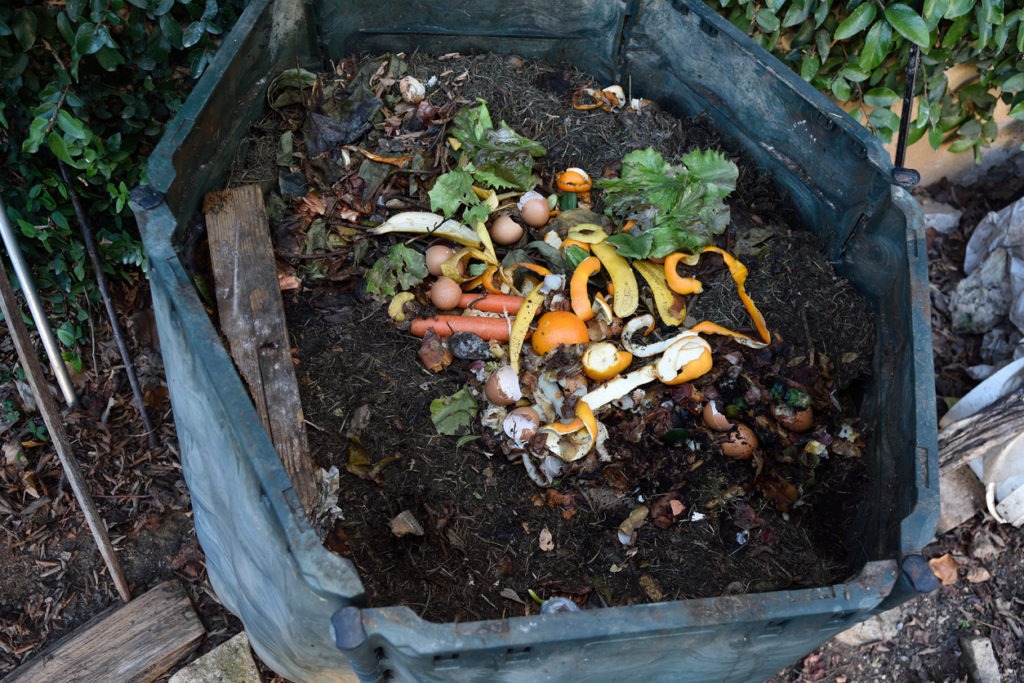
Many organic items can be composted, such as food scraps, yard clippings, and some paper products. On the other hand, some things contain toxic substances or attract pests and should not be composted.
Composting is an effortless and efficient approach to decreasing food waste and helping the environment.
It also boosts plant development in your garden by enriching the soil, avoiding erosion, and lowering the need for synthetic fertilizers.
It’s also simple to accomplish at home, whether or not you have access to the outside area.
